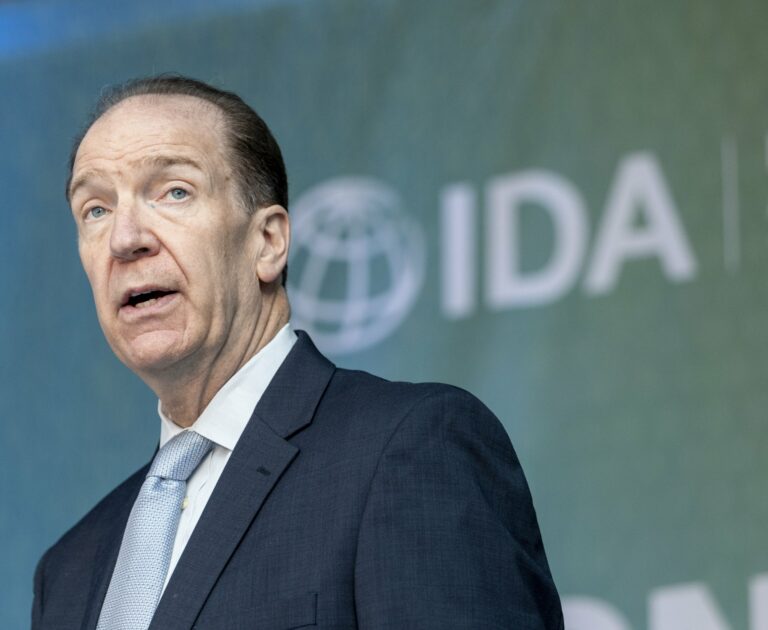International Development Association (IDA) Regional Window
- Founded
- IDA Regional Window launched in 2003 (first known as the IDA Regional Program), extra policy focus on Covid-19 added in December 2021.
- Governance
- IDA, as part of the World Bank, is governed by the World Bank Group’s Board of Governors. Decision making regarding its 20th replenishment (IDA20) lies with the IDA20 Deputies (representatives of IDA donor countries).
- Funding
- IDA20 represents a total package of USD 93 billion. The size of the Regional Window under IDA20 will be USD 7.9 billion (more than the amount of USD 7.6 billion under IDA19). Only part of this money will be used for Covid-19 response.
- Description
The World Bank’s International Development Association (IDA) lends money on concessional terms or, under certain conditions, provides grants to lower-income countries. The 20th replenishment of the IDA coffers (IDA20) is advanced by one year to respond to the multiple additional challenges caused by the Covid-19 pandemic. The IDA20 funds will cover the period July 2022-June 2025 (3 years).
IDA resources are mainly disbursed via country envelopes and additionally provided through so-called ‘windows’ – special purpose financing mechanisms. In IDA20, explicit emphasis on Covid-19 response was added to a number of these windows, including the Regional Window and the Private Sector Window.
The IDA Regional Window provides additional funding to lower-income countries to finance regional solutions for development challenges faced. It stimulates collaboration between two or more countries. Funding proposals must be submitted by at least two IDA-eligible countries. Such resources may also be used to promote global public goods, or address obstacles in access to these public goods. In IDA20, it is emphasised that this may include collaboration between countries in purchasing Covid-19 vaccines and rollout of vaccination programs.

Strengths
- Makes additional funding, possibly on grant terms, available for countries to address gaps in the vaccination of their population and in their health systems.
- Has the potential to support collaboration between lower-income countries in the procurement of Covid-19 vaccines, enhancing their (negotiation) position in the market.
Weaknesses
- Does not mention the need for sharing intellectual property, know-how and technology in order to establish and/or utilize local manufacturing capacity of medical products.
- The loans involved, despite being concessional, need to be repaid. These therefore form an additional burden to lower-income countries’ already limited (health) budgets, and even more so if the high prices of vaccines or other essential products remain unaddressed.
Review
We support the increase in concessional resources for lower-income countries through IDA20 with its special commitment towards pandemic response and preparedness, strengthening inclusive health systems and universal health coverage. We hope countries will use the extra resources to support their public health systems, in order to secure people’s equitable access.
We particularly support the intended increase in resources through the Regional Window, because it prompts lower-income countries’ collaborative action to improve access to Covid-19 vaccines in underserved regions.
There are, however, some important concerns. Most of IDA’s financial resources are loans and hence need to be repaid. Thus Covid-19 spending with IDA resources form an additional burden to lower-income countries’ already limited (health) budgets, and even more so if the prices of vaccines or other essential products remain unaddressed. It may crowd out other priorities for development, including in health systems. It would be better if the resources for the purpose of the additional hardship of the fight against Covid-19 were fully grant-based.
Moreover, the Regional Window does not explicitly mention the need of increasing local manufacturing capacity of key medical products, let alone the sharing of intellectual property, know-how and technology to enable this. This raises questions about whether and how it can effectively and optimally contribute to equitable and sustainable access to medical products and self-sufficiency of lower-income countries.